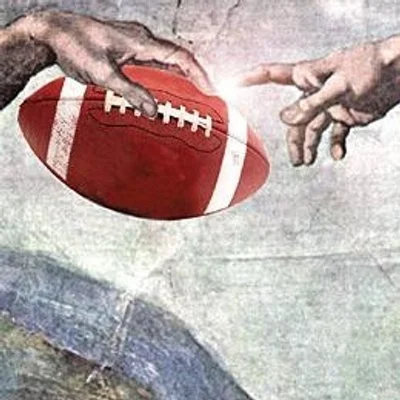I have, since the 1980s, heard my share of complaints from Catholic readers about news coverage of sexual abuse by clergy.
There are readers who get angry about this coverage, period. They want the topic to go away and see anti-Catholic bias in any coverage of the subject, even when the coverage is accurate and fair-minded.
However, other Catholic readers get mad when they see valid coverage that leaves the impression that sexual abuse is only an issue in the Church of Rome. Many of these readers (on the Catholic left or right) want to see accurate, informed coverage on this hellish topic, which would include some mention of the many, many cases that take place in secular settings (think public schools) and in other religious groups.
That’s the broader context for complaints that I heard about a recent New York Times story that ran with this dramatic double-decker headline:
Scandal on a Wealthy Island: A Priest, a Murder and a Mystery
The Rev. Canon Paul Wancura led a quiet, privileged life. But after his shocking death, a sexual abuse allegation followed.
There were two problems with this tragic story — one obvious and one not so obvious.
The first problem was that readers didn’t find out, until quite a ways into this piece, that this was a story about an alleged abuser in the Episcopal Church. The word “priest” stood alone in the headline and in 300-plus words of text. It helps to read the lengthy overture:
Not much happens of note on Shelter Island, all 8,000 bucolic acres of it. Sandwiched between Long Island’s North and South Forks, it’s the kind of place where people seem to know one another, where car doors are often left unlocked and where, for some 20 years, the most bothersome problem has been Lyme disease-carrying blacklegged ticks.
But much of that changed in March 2018, when the Rev. Charles McCarron was asked to check in on another clergyman who had recently been commuting to a town on Long Island as a fill-in priest. He had failed to show up at church that day.










